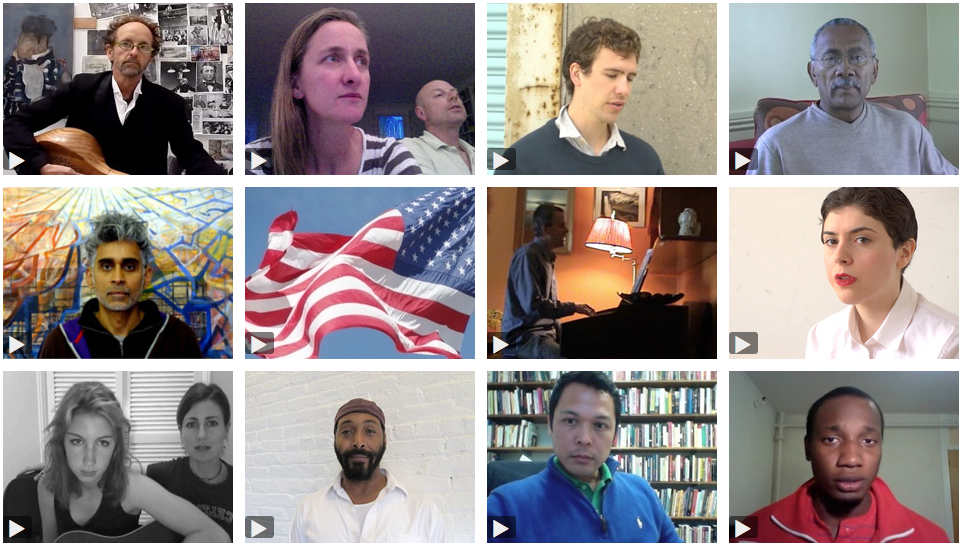how things get done – Laylah Ali

Can you tell us about the process behind these works? What is a day in the studio like?
Depending on what stage of the project I am in, the process differs. Early on, I am sketching, doing drawings, working out characters, relationships, and connections between the paintings. That goes on for a few months in the beginning. [For this work,] I had just come off of a more research-based online project (John Brown Song! for Dia Foundation) and the paintings needed to absorb that material in a somewhat removed and tangential way. I don’t think of the two projects as explicitly related, but similar questions inform the works.
In terms of what happens in the studio, over time my activity becomes more regimented, more precise. An entire day could be mixing a background color and doing tests of that color, or a day could be devoted to what [the characters] are wearing on their feet, and cross-checking feet. I work on the paintings as a group so they are all brought along at the same time, and they are all finished at about the same time.

I suspected that people would go into it in wildly different ways, though I suppose I do have my preferences for viewing it. I think it is also okay to mess with my usual ability to control things—as I would with paintings—because a premise of the series is that they’re asking artists to work in an unfamiliar medium. I mean, I didn’t even know how big a pixel was. I didn’t know what the refresh button was at the top. I worked with a technician who did the programming that made it all work. I designed what you are looking at on each page, all of the details, and how you move through the site. I chose the videos and the archival material and did some minor editing. The videos were made by the participants so you are seeing each person’s individual choices once you start playing the songs. Like YouTube, I wanted a button to get out, a button to pause, simple ways to give you maximum control. I wanted to give you choices because if you’re trapped with someone singing for that long and you’re not happy with it, you won’t want to stay. I went with what I like about looking at things on the Internet, and I have to be able to stop things. I don’t like being trapped, and I don’t like things that have a long load time.
One of the questions, given its simplicity: is the user experience going to be enough to hold someone who’s younger? My aesthetic is really pared down. If you look at my paintings, that carries over. Having it on a white background was a big decision. The guy I was working with was suggesting I could have things moving or changing or blinking and I came out of that conversation asking, “But could I have it on a white background?”
